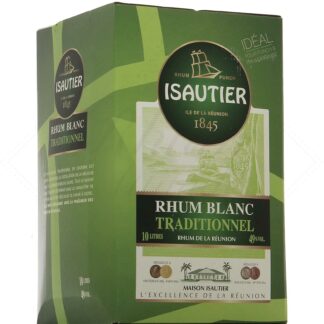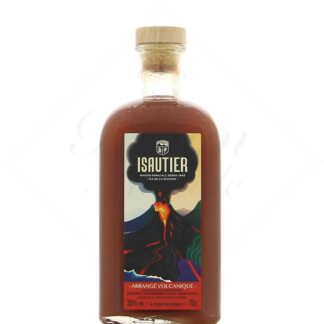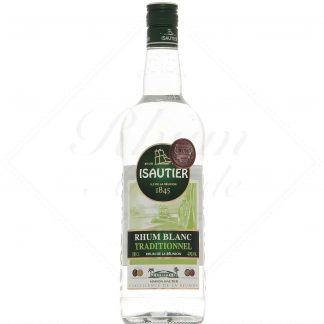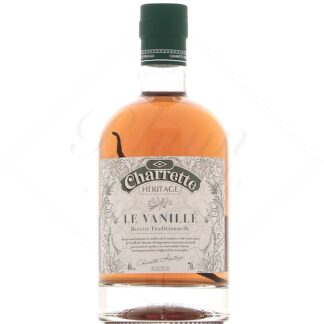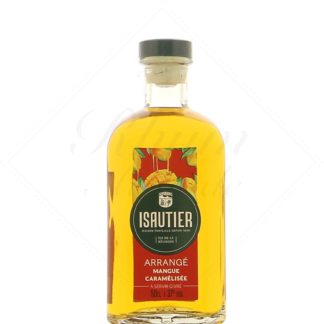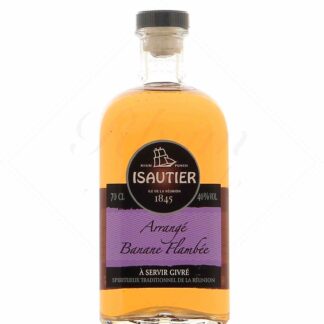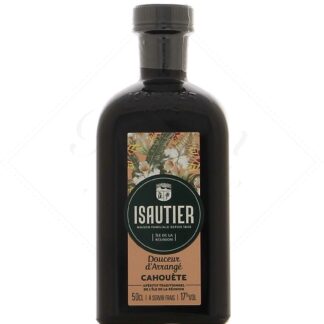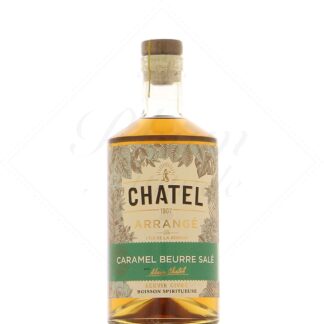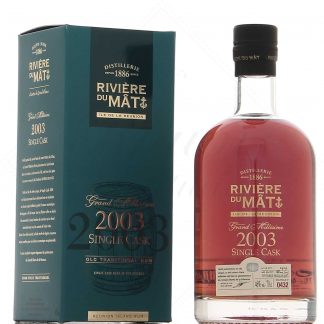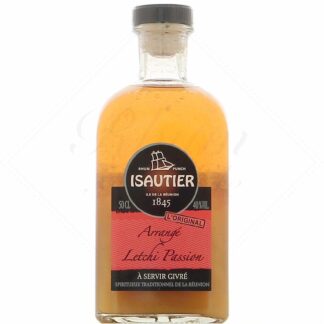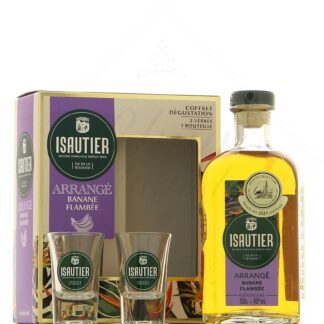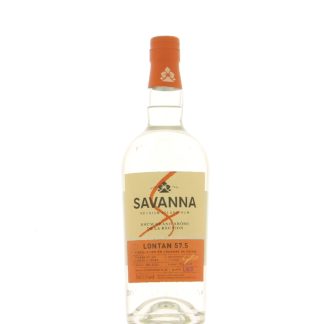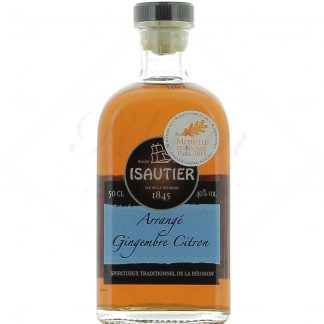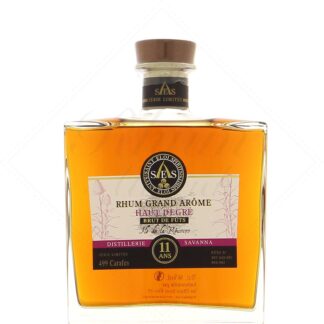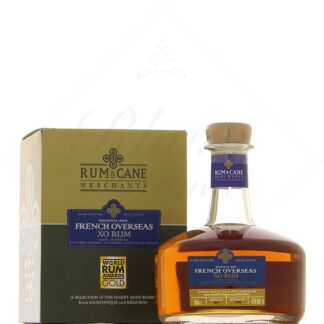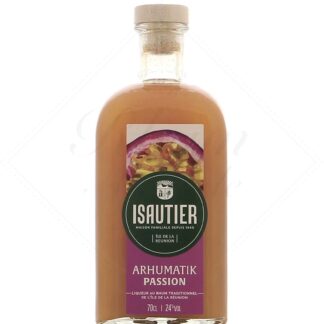Meeting
The history of Réunion Island rum
Sugar cane cultivation began in the 17th century, on what was then known as Bourbon Island. The first stills appeared in 1704. They distilledarack, a rum made from pure cane juice, similar to tafia from the West Indies.
In 1807, Napoleon ordered a halt to arack production. He had decided to separate the production of his two possessions in the region: Isle de France(Mauritius) and Bourbon Island(Reunion). The former would produce rum and sugar, the latter coffee and spices.
The British conquered Bourbon Island in 1812, and re-established arack production there. In this period of bitter war, France recovered Bourbon in 1815, but lost Isle de France in the process.
It was then decided to redevelop the cane plantations and concentrate on sugar production.
Sugar and rum enter the modern age
In 1815, the first "real" distillery saw the light of day, with the rise of the sugar industry. With industrialization, molasses took over from pure cane juice. However, quality soon became a problem, as did general disorder caused by fraud and alcohol abuse.
The decision was then taken to reduce production and control prices to curb the phenomenon. Surprisingly, it was also decided to ban the distillation of pure cane juice (arack) in favor of molasses (rum), deemed healthier.
From a law and order point of view, these measures were not very effective. But the modernization and improvement of sugar production did help to drive the industry forward. In the rum business, disorder still reigned, so a new solution was found. This involved limiting the number ofstills and access to their ownership. This was done through taxes and high equipment prices.
In the end, the abolition of slavery in 1848 did little to disrupt production, as the colonists quickly reorganized. By abandoning the strict control of distillation, the authorities once again allowed distilleries to develop, and production levels were maintained.
Rum and war
In 1854, to supply the soldiers of the Crimean War en masse, customs duties on rum were abolished. While production volumes were substantial, quality was still not a priority. This quality deficit was clearly expressed at the 1855 Universal Exhibition. West Indian rums were able to showcase the full extent of their expertise.
After the Crimean War, exports fell drastically, but consumption remained fairly stable. In the meantime, a major health problem had arisen on Bourbon Island. Consumption had tripled in the 10 years between 1848 and 1858!
By 1860, there were 40 distilleries. Once again, the rum situation, distilleries and alcohol-related problems were out of control. The problem continued until the 1870s. Hurricanes, disease and a shortage of manpower put a big brake on the rum boom.
The quest for quality
After this complicated period, with production levels back to a reasonable level, the Reunion rum world began to focus on quality. This worked, and in 1884 the first exports (excluding soldiers' rations) began. However, most of these went to Madagascar, and very few to mainland France.
Trade with Madagascar led to the widespread use of rhum arrangé. It soon became an important part of the island's culture.
In 1914, war raged once again in Europe, and all the rum from Reunion was requisitioned. It was used in turn as a tonic and as medicine for the troops. By the end of the First World War, rum stocks were enormous, and were sold at knock-down prices. Old World brandy producers took a very dim view of the situation. They obtained a quota for overseas rums.
Production began to concentrate. In 1928, there were 31 distilleries. The Second World War cut Réunion off from mainland France. The rum industry suffered a major blow. A large proportion of the cane fields were quickly converted to subsistence farming. The island's isolated population also had to be fed.
When the war ended in 1945, there were just 14 distilleries and sugar factories left.
Today, Réunion has 2 sugar refineries(Le Gol and Bois Rouge) and 3 distilleries(Savanna, Isautier and Rivière du Mât). 1972 saw the creation of the Charrette brand, a blend of rums from these three distilleries that helped popularize the island's rums.
Arranged rum
How can you talk about Réunion rum without mentioning rhum arrangé ? It was undoubtedly the Indian population of Madagascar who imported this part of their culture to La Réunion.
Initially used as a remedy and medicine, this maceration of herbs, spices and fruit was later consumed more festively.
Sailors on the Indian Ocean route discovered and adopted it, spreading it beyond the Indian Ocean, particularly to the Caribbean.
Reunion Island rums
Reunion Island's rums offer a delightful variety! Traditional sugar rum, light rum, rhum agricole and even grand arôme are distilled here. Some distilleries, like Savanna, are even able to produce all these styles at once.
Savanna
Savanna is a distillery founded in 1870 in the Saint-Paul region. It takes its name from the house in Savanna, also known as Maison Blanche. The business expanded in the 1930s when Mr. Hugot, president of Sucreries de Bourbon, took it over. It expanded again in the 1980s, before moving near the Bois Rouge sugar refinery in 1992.
The distillery is able to produce light rums for other rum brands, as well as a multitude of other expressions under its own brand. The Créol range is dedicated to agricultural rum, the Intense range to molasses rum, and the Lontan range to grand aroma rum. Numerous limited editions are released each year, featuring brut de fûts, single casks and more. All are aged in ex-Cognac casks and often finished in other casks. HERR rum, meanwhile, is a unique rum, a great, highly developed aroma that only the Savanna distillery has the secret to.
Isautier
The Isautier brothers set up the island's first major distillery in 1845. At a time when molasses was flowing by the ton, they gave themselves the means to achieve their ambitions, and were soon a huge success. Their stoneware bottles were known beyond Réunion's borders.
The distillery modernized and diversified over the course of the 20th century, before specializing in rums and punches in the 1990s, and finally moving into blended rums in 2010.
Isautier is much talked about for its sweet, gourmet rhums arrangés, but also for its traditional white, agricultural and industrial rums. The company is also experimenting with ageing, with the young Barrick, and excels with its 10 ans.
Rivière du Mât
The "modern" Rivière du mât distillery was established in Saint-Benoît in 1984. It produces primarily traditional molasses rums, but also light rums for other brands. Like its sister companies, it is also capable of distilling pure cane juice. It is this versatility that places it in the pure tradition of Reunion's distilleries.
It is renowned for the balance of its blends, achieved through dynamic ageing in which the rum passes through several barrels, both new and old. Examples include Grande Réserve, the 2004 vintage, and Opus 5, an exceptional rhum agricole.
Cart
Charrette is undoubtedly Réunion's best-known rum brand, although it does not itself own a distillery. Founded in the 1970s, it obtains its traditional and light rums from the island's three distilleries.
Its traditional 49% white rum is a classic among Réunion's rhums arrangés, and one of the best-selling rums in mainland France. The company diversified in the 2010s with the arrival of a delicious vanilla rum.
Chatel
Chatel is a family business that dates back to the early 20th century. Jean Chatel, who was destined to be a pharmacist, preferred to leave the well-trodden path and set up a distillery. The company grew throughout the 20th century, becoming one of Réunion 's leading distilleries by the end of the century. Today, it is best known for its range of rhums arrangés, made with rum from Savanna. Read less
-
-
-
-
-
-
-
-
-
-
-
-
-
-
Les Chais Saint Éloi Savanna Rum Grand aroma Brut de barrels 11 years 64°
- Meeting
- 64 ° - 70 cl
1 notice -
-
